IoT Projects: Automate Your Apartment Cleaning with Sensors
With the rise of smart homes, automating daily chores like cleaning is now a reality thanks to IoT (Internet of Things). In this article, we’ll explore how to build a simple IoT project that automates cleaning tasks in your apartment using motion sensors and smart triggers. Whether you’re a tech enthusiast or a beginner looking to dive into home automation, this guide has something for you. Why Automate Cleaning? Automation saves time, increases efficiency, and helps maintain a consistently clean space. Imagine a system where your vacuum robot starts automatically when no one's home, or your air freshener activates when motion is detected. Components You'll Need To start automating cleaning in your apartment, you’ll need: Motion sensor (PIR) Relay module Microcontroller (Arduino or ESP32) Cleaning robot (vacuum) MQTT broker (for monitoring) Python script (for alerts/logging) Building the IoT Cleaning Trigger Here’s a basic setup using an Arduino to detect motion and trigger a cleaning robot via a relay: // Example Arduino code for detecting motion and activating a cleaning robot int motionSensor = 2; int relayPin = 3; void setup() { pinMode(motionSensor, INPUT); pinMode(relayPin, OUTPUT); Serial.begin(9600); } void loop() { int motionDetected = digitalRead(motionSensor); if (motionDetected == HIGH) { digitalWrite(relayPin, HIGH); // Turn on the cleaning robot Serial.println("Motion detected - Cleaning robot ON"); delay(10000); // Run for 10 seconds digitalWrite(relayPin, LOW); // Turn off Serial.println("Cleaning robot OFF"); } delay(1000); } You can expand this setup by integrating additional sensors like air quality monitors, humidity sensors, or even Bluetooth presence detectors to personalize cleaning routines. Monitoring with Python To keep track of when your robot starts or stops cleaning, you can use MQTT and Python to receive and log messages from your device. # Example Python script using MQTT to monitor cleaning robot status import paho.mqtt.client as mqtt def on_message(client, userdata, message): print(f"Status Update: {message.payload.decode()}") client = mqtt.Client("CleaningMonitor") client.connect("mqtt.eclipseprojects.io") client.subscribe("home/cleaning/status") client.on_message = on_message client.loop_forever() You can run this Python script on a Raspberry Pi or any computer that stays online to monitor your cleaning system in real time. Benefits of IoT-Driven Cleaning Automates repetitive tasks Works even when you're not home Can be programmed for specific times or triggers Reduces the need for manual intervention Improves cleanliness consistency When to Call the Pros Even with advanced IoT systems, there are times when a deep, professional cleaning is needed. That's where Cleaning Services Beverly can help. They bring the human touch and attention to detail that sensors and robots still can’t fully replicate. Final Thoughts Smart homes are no longer science fiction—they’re accessible and practical. By incorporating basic IoT projects into your apartment, you not only simplify your life but also step into a more efficient future. Start small, experiment, and enjoy a cleaner space with less effort. Build smart. Live clean. Let technology take care of the mess.
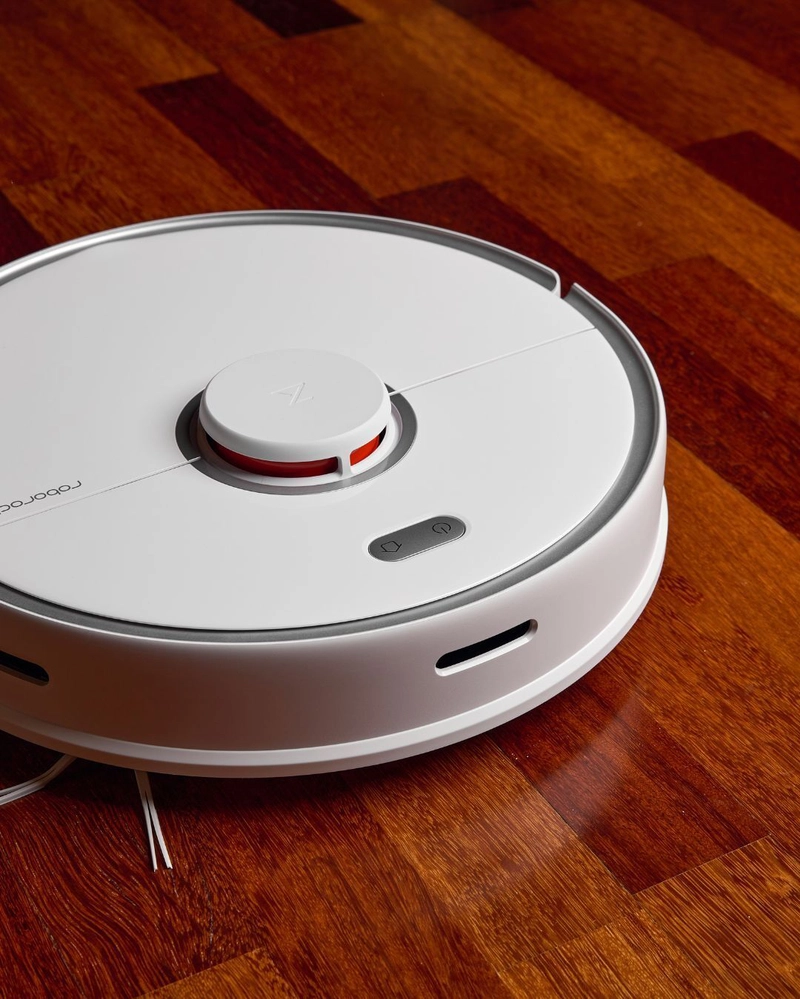
With the rise of smart homes, automating daily chores like cleaning is now a reality thanks to IoT (Internet of Things). In this article, we’ll explore how to build a simple IoT project that automates cleaning tasks in your apartment using motion sensors and smart triggers. Whether you’re a tech enthusiast or a beginner looking to dive into home automation, this guide has something for you.
Why Automate Cleaning?
Automation saves time, increases efficiency, and helps maintain a consistently clean space. Imagine a system where your vacuum robot starts automatically when no one's home, or your air freshener activates when motion is detected.
Components You'll Need
To start automating cleaning in your apartment, you’ll need:
- Motion sensor (PIR)
- Relay module
- Microcontroller (Arduino or ESP32)
- Cleaning robot (vacuum)
- MQTT broker (for monitoring)
- Python script (for alerts/logging)
Building the IoT Cleaning Trigger
Here’s a basic setup using an Arduino to detect motion and trigger a cleaning robot via a relay:
// Example Arduino code for detecting motion and activating a cleaning robot
int motionSensor = 2;
int relayPin = 3;
void setup() {
pinMode(motionSensor, INPUT);
pinMode(relayPin, OUTPUT);
Serial.begin(9600);
}
void loop() {
int motionDetected = digitalRead(motionSensor);
if (motionDetected == HIGH) {
digitalWrite(relayPin, HIGH); // Turn on the cleaning robot
Serial.println("Motion detected - Cleaning robot ON");
delay(10000); // Run for 10 seconds
digitalWrite(relayPin, LOW); // Turn off
Serial.println("Cleaning robot OFF");
}
delay(1000);
}
You can expand this setup by integrating additional sensors like air quality monitors, humidity sensors, or even Bluetooth presence detectors to personalize cleaning routines.
Monitoring with Python
To keep track of when your robot starts or stops cleaning, you can use MQTT and Python to receive and log messages from your device.
# Example Python script using MQTT to monitor cleaning robot status
import paho.mqtt.client as mqtt
def on_message(client, userdata, message):
print(f"Status Update: {message.payload.decode()}")
client = mqtt.Client("CleaningMonitor")
client.connect("mqtt.eclipseprojects.io")
client.subscribe("home/cleaning/status")
client.on_message = on_message
client.loop_forever()
You can run this Python script on a Raspberry Pi or any computer that stays online to monitor your cleaning system in real time.
Benefits of IoT-Driven Cleaning
- Automates repetitive tasks
- Works even when you're not home
- Can be programmed for specific times or triggers
- Reduces the need for manual intervention
- Improves cleanliness consistency
When to Call the Pros
Even with advanced IoT systems, there are times when a deep, professional cleaning is needed. That's where Cleaning Services Beverly can help. They bring the human touch and attention to detail that sensors and robots still can’t fully replicate.
Final Thoughts
Smart homes are no longer science fiction—they’re accessible and practical. By incorporating basic IoT projects into your apartment, you not only simplify your life but also step into a more efficient future. Start small, experiment, and enjoy a cleaner space with less effort.
Build smart. Live clean. Let technology take care of the mess.























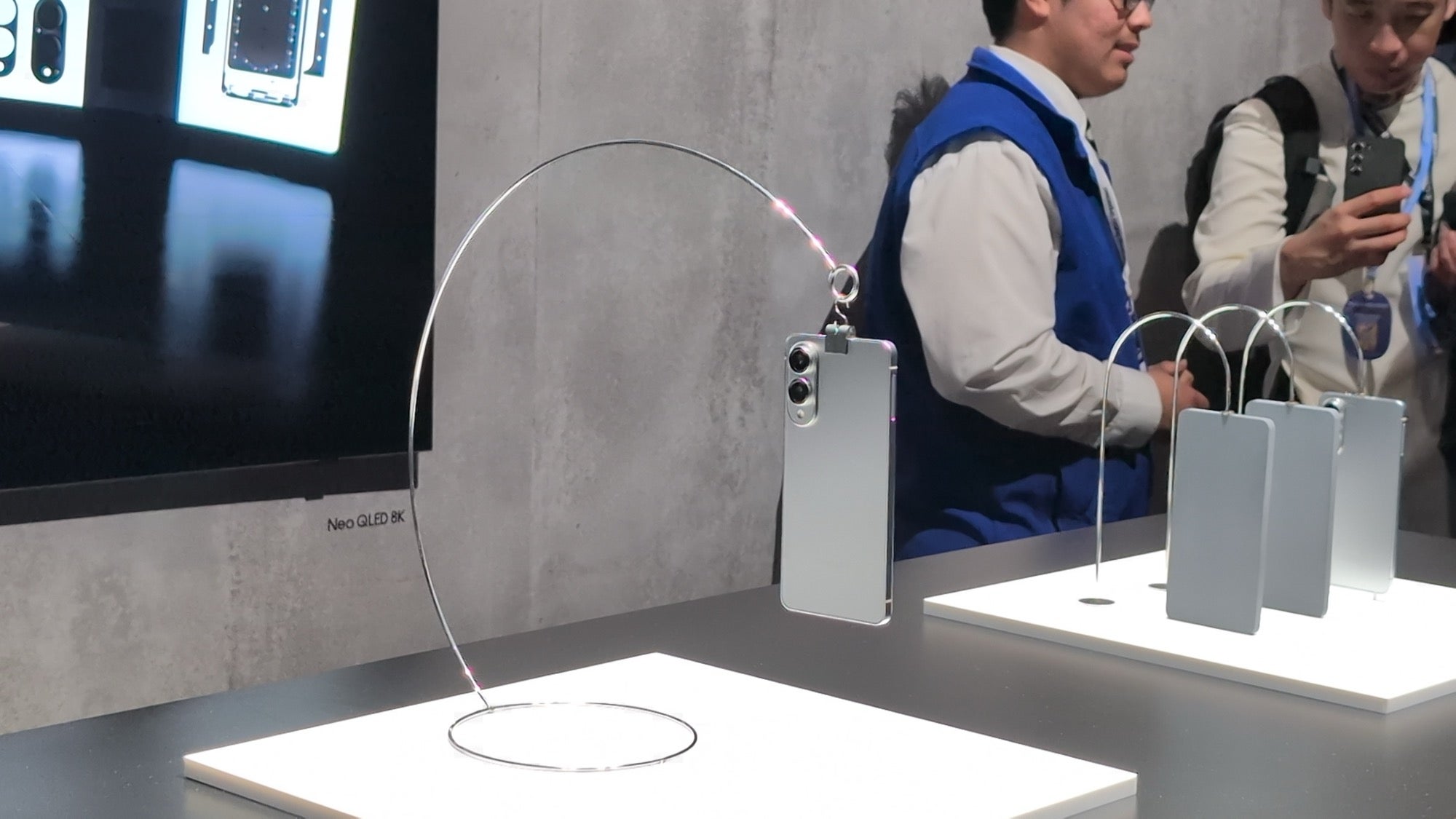







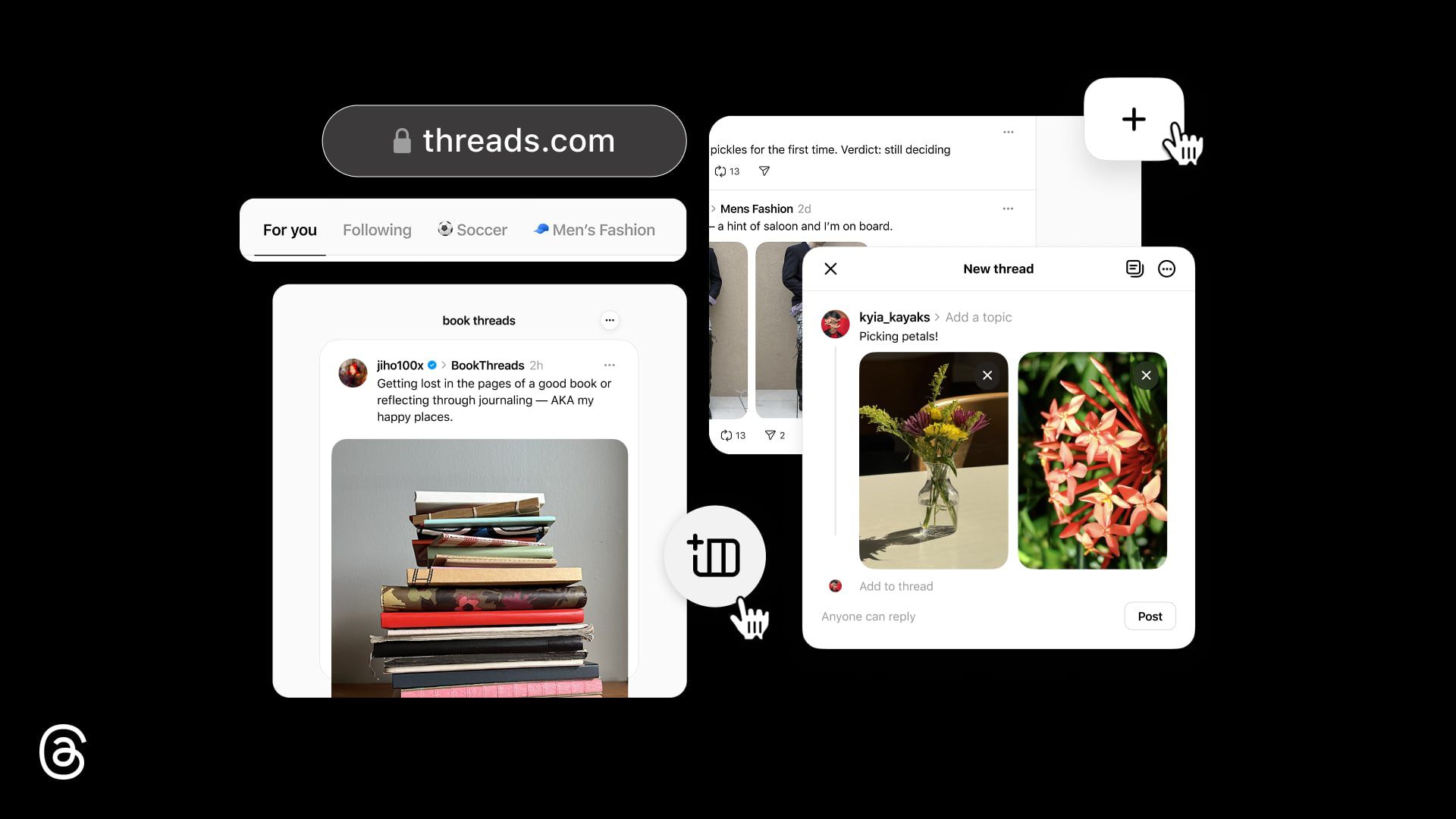





















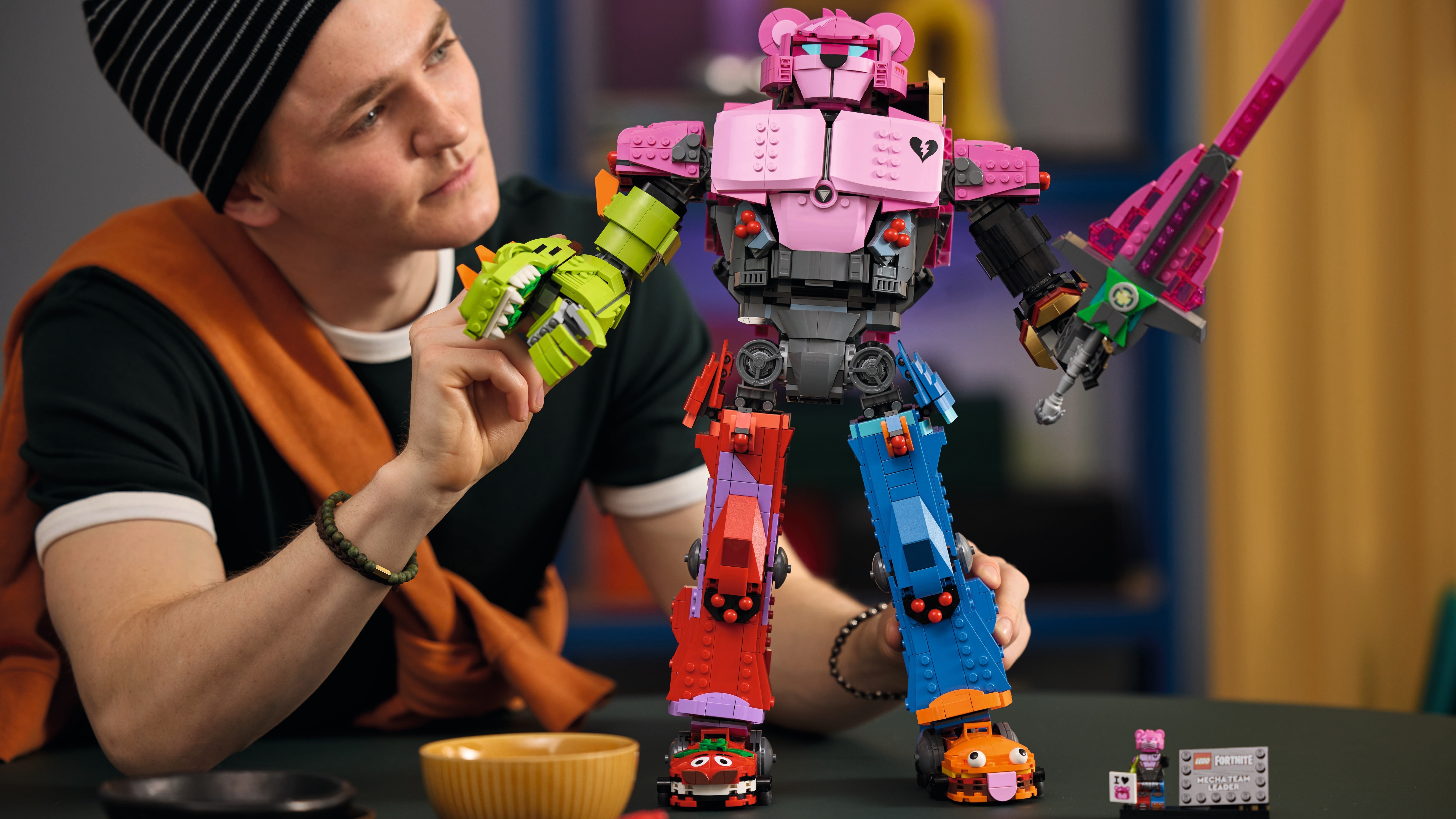
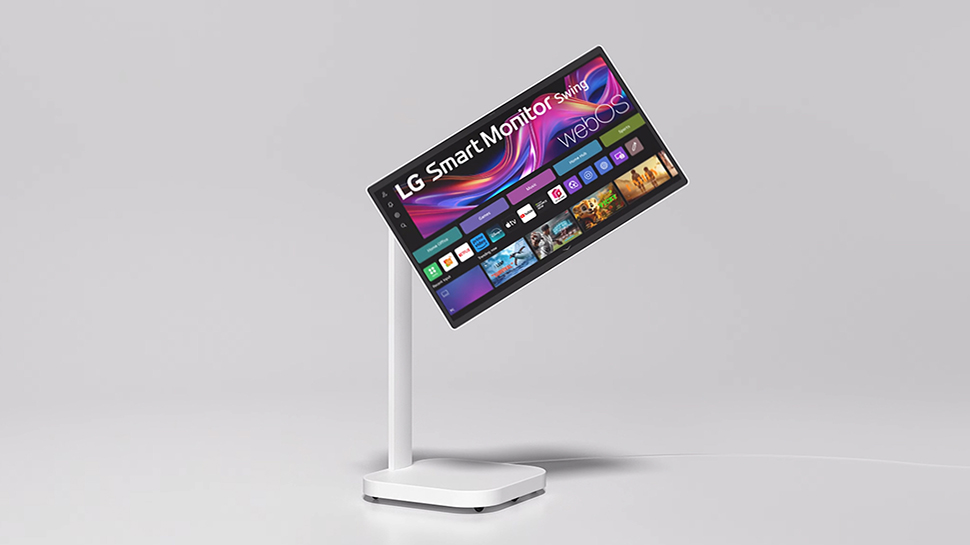















![Apple to Shift Robotics Unit From AI Division to Hardware Engineering [Report]](https://www.iclarified.com/images/news/97128/97128/97128-640.jpg)
![Apple Shares New Ad for iPhone 16: 'Trust Issues' [Video]](https://www.iclarified.com/images/news/97125/97125/97125-640.jpg)




















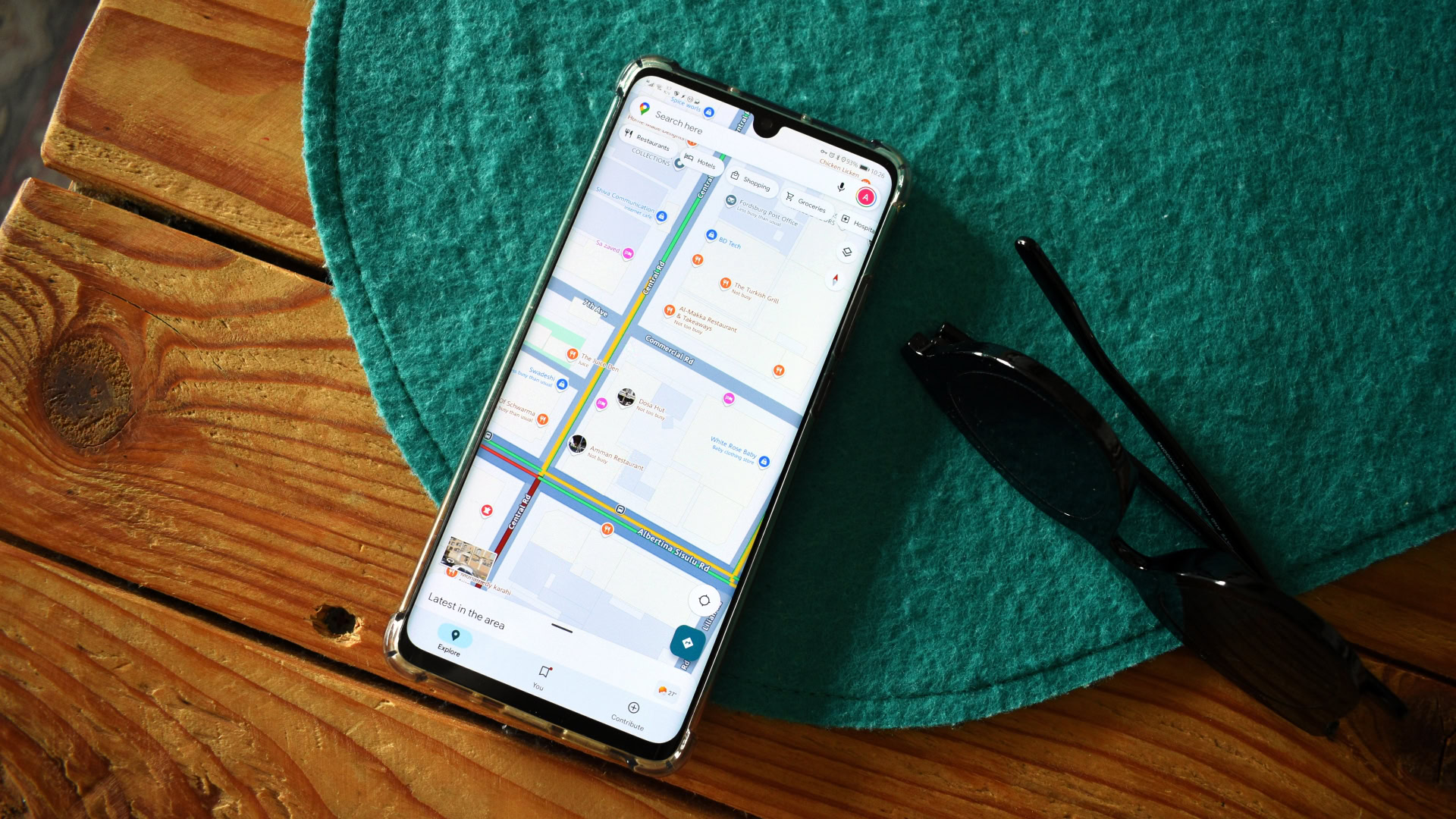




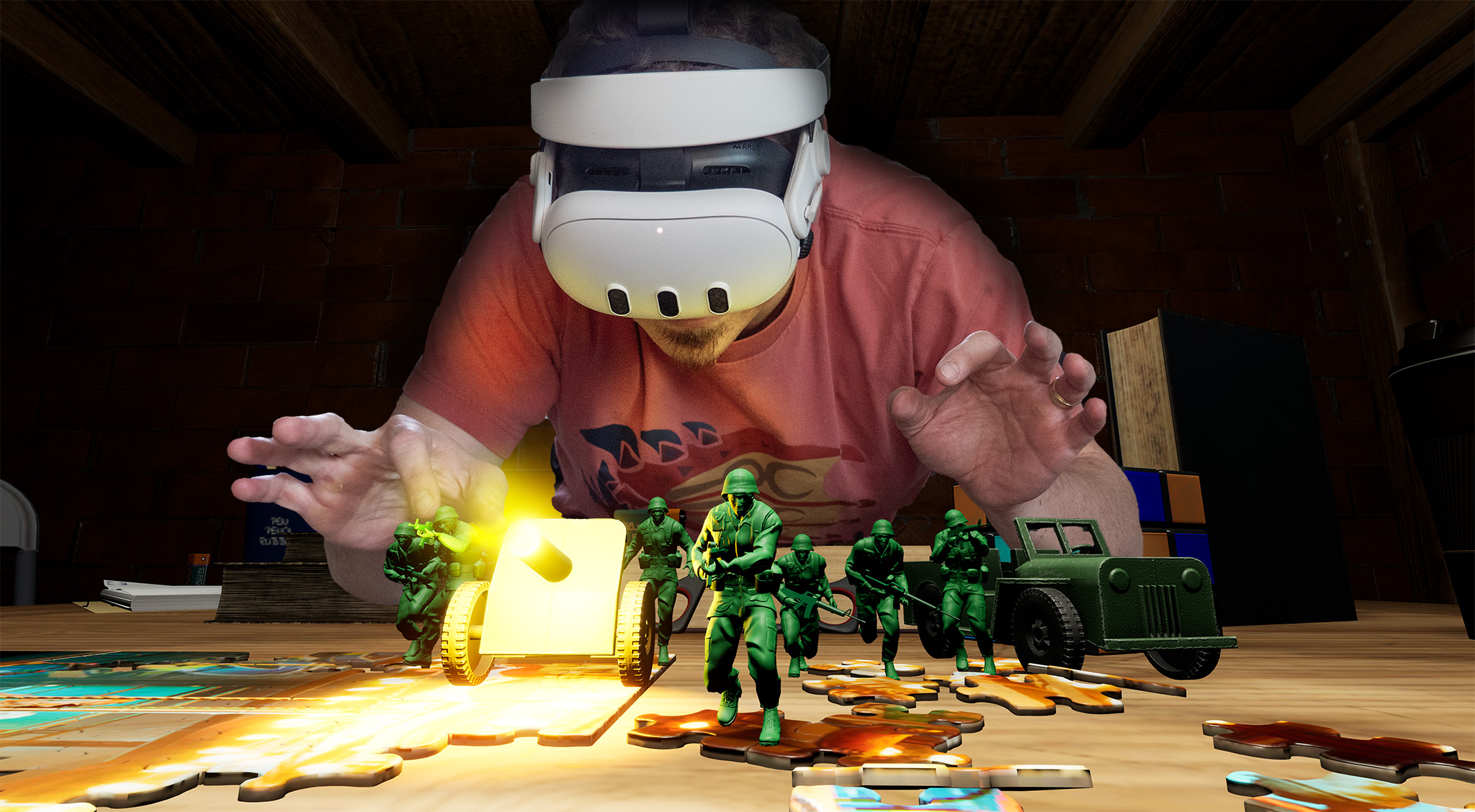













































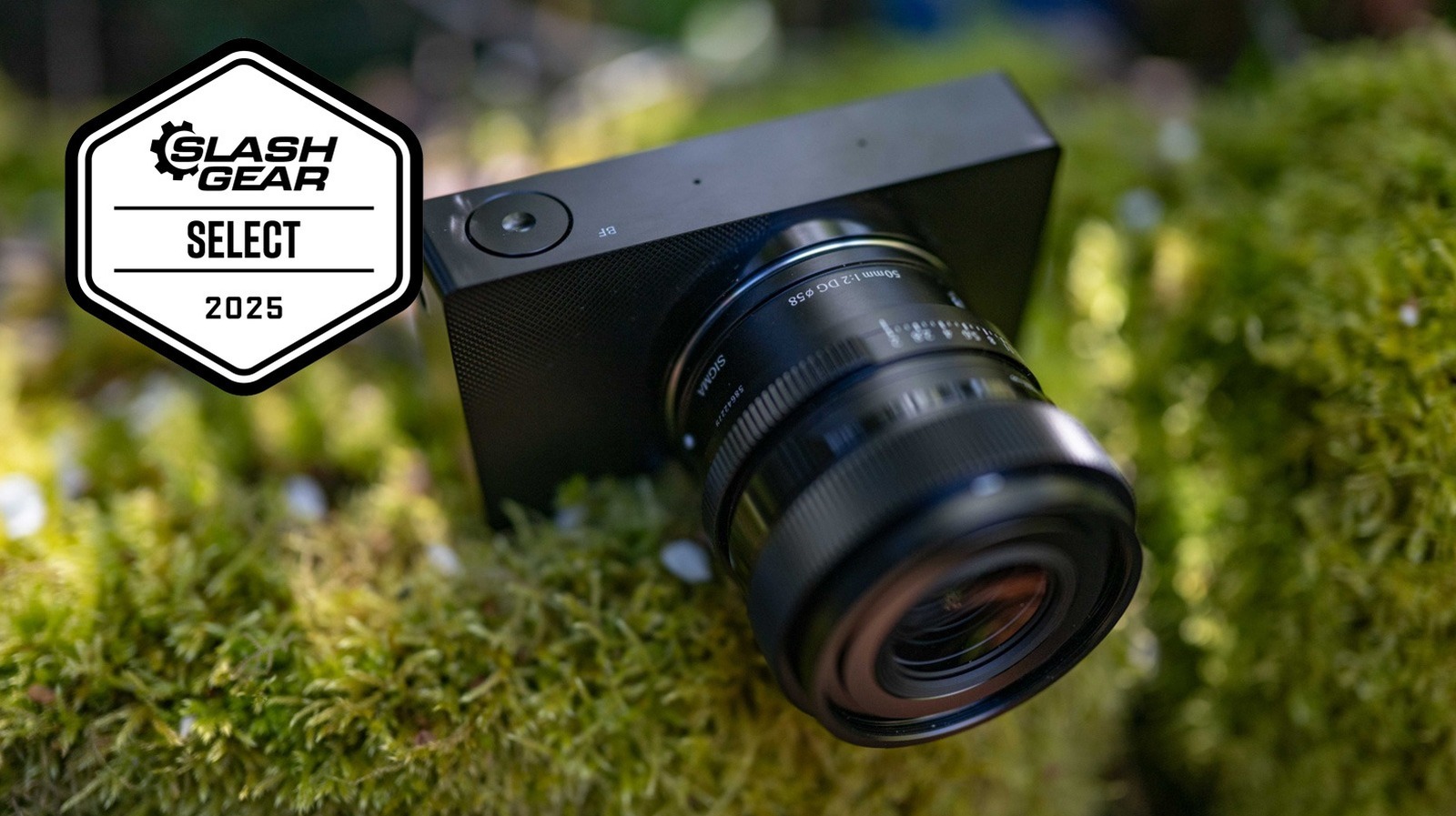

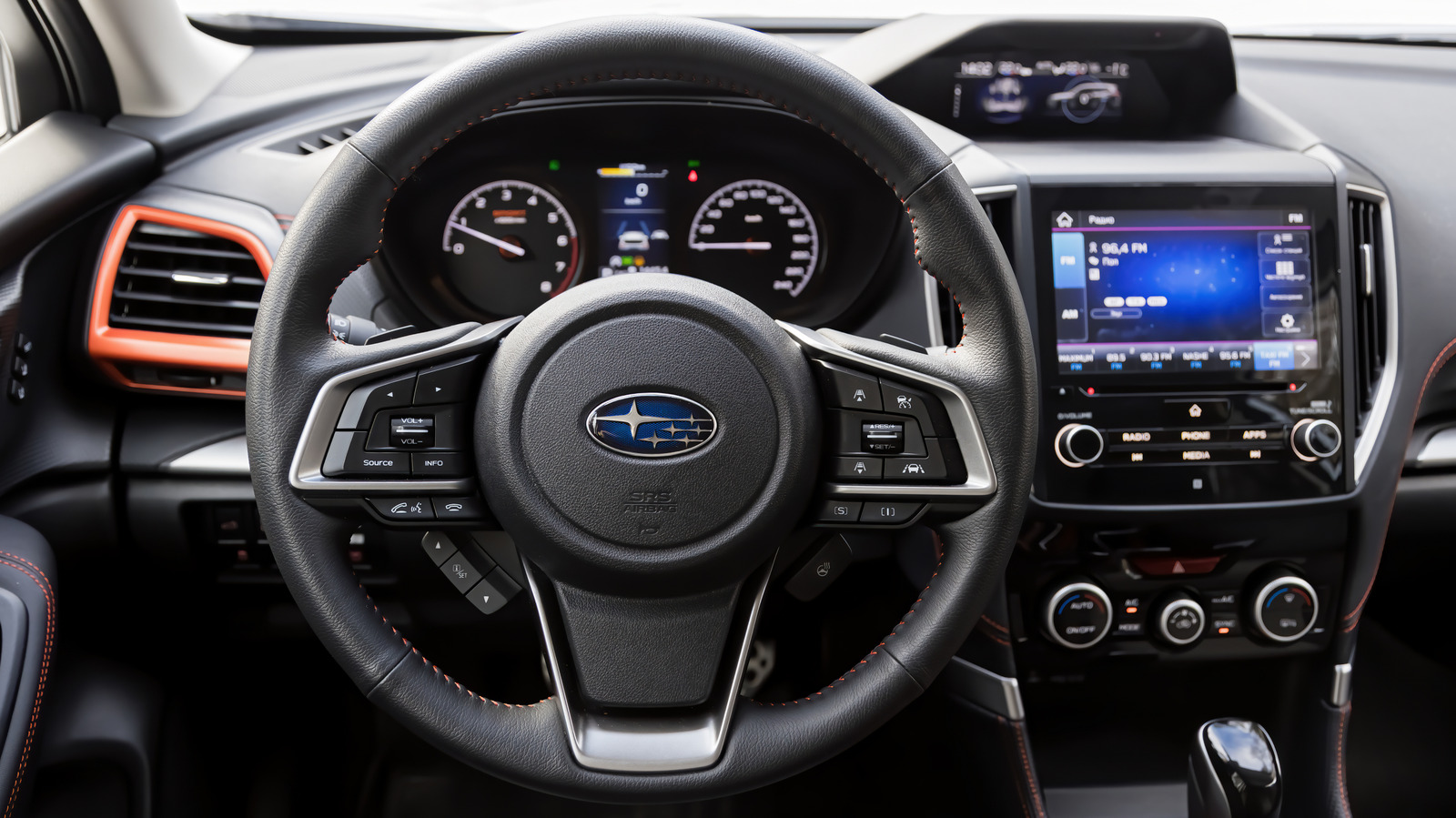























































































































![[The AI Show Episode 144]: ChatGPT’s New Memory, Shopify CEO’s Leaked “AI First” Memo, Google Cloud Next Releases, o3 and o4-mini Coming Soon & Llama 4’s Rocky Launch](https://www.marketingaiinstitute.com/hubfs/ep%20144%20cover.png)














































































































































![[DEALS] Sterling Stock Picker: Lifetime Subscription (85% off) & Other Deals Up To 98% Off – Offers End Soon!](https://www.javacodegeeks.com/wp-content/uploads/2012/12/jcg-logo.jpg)


































.jpg?#)



























































